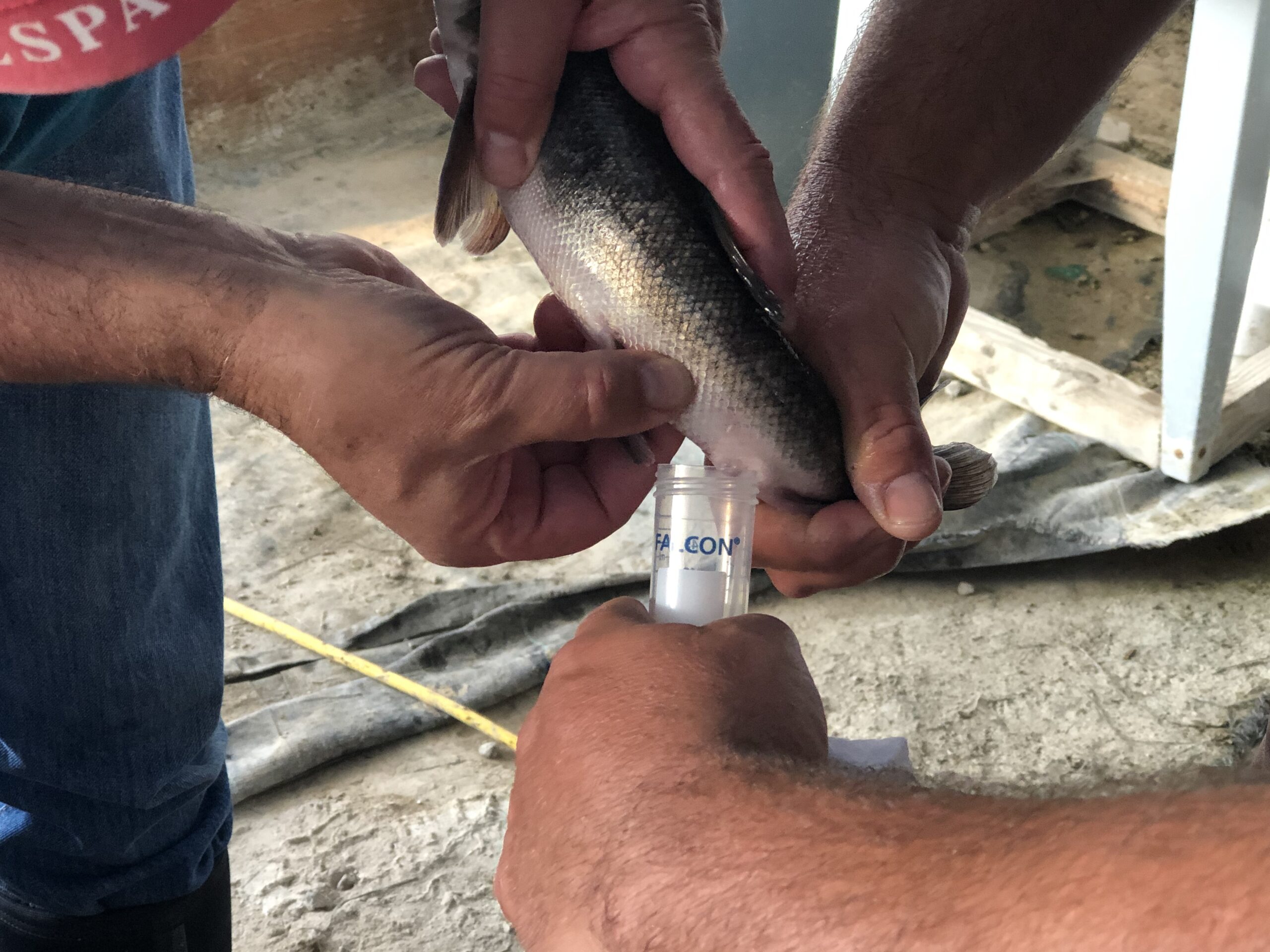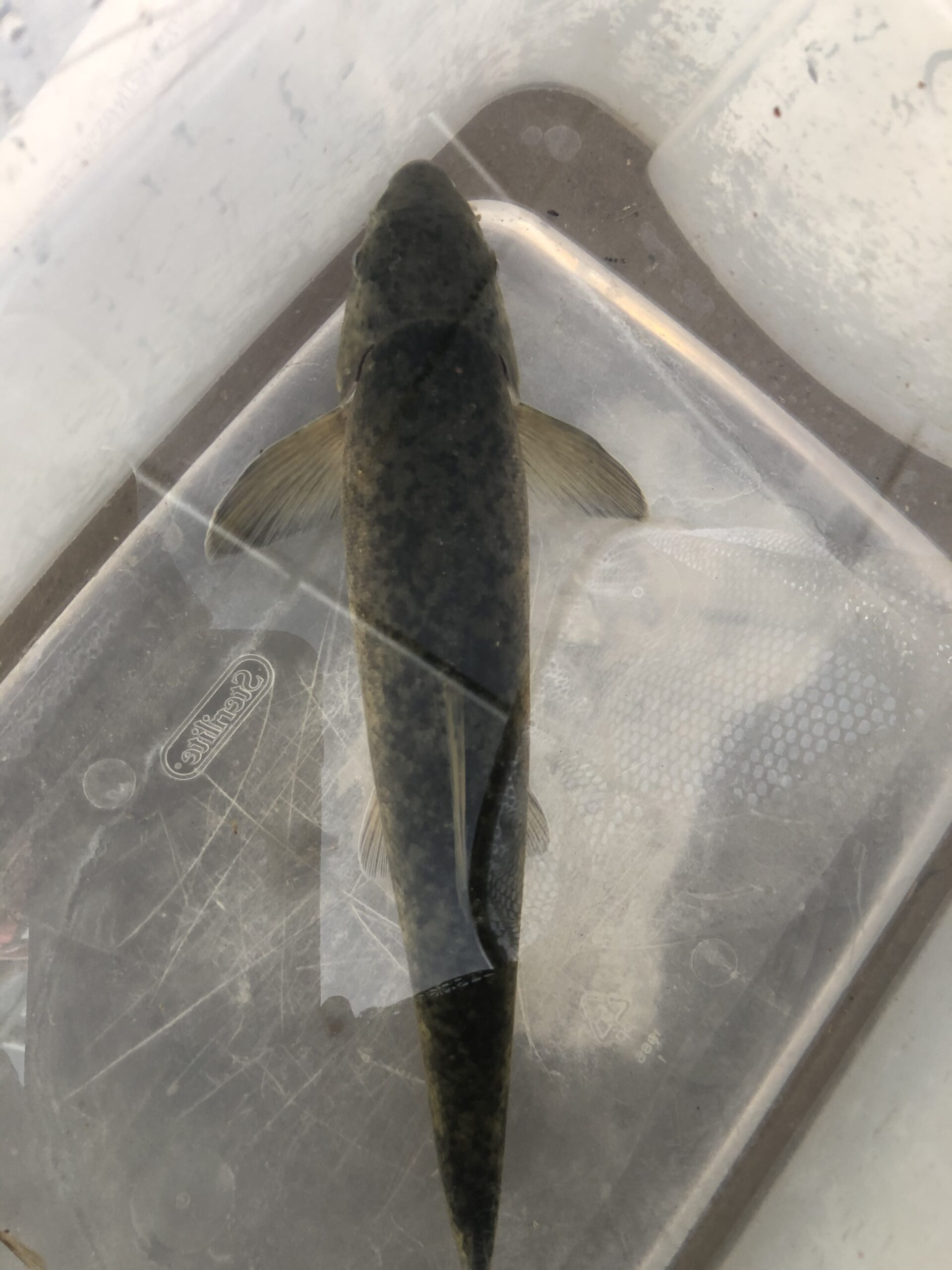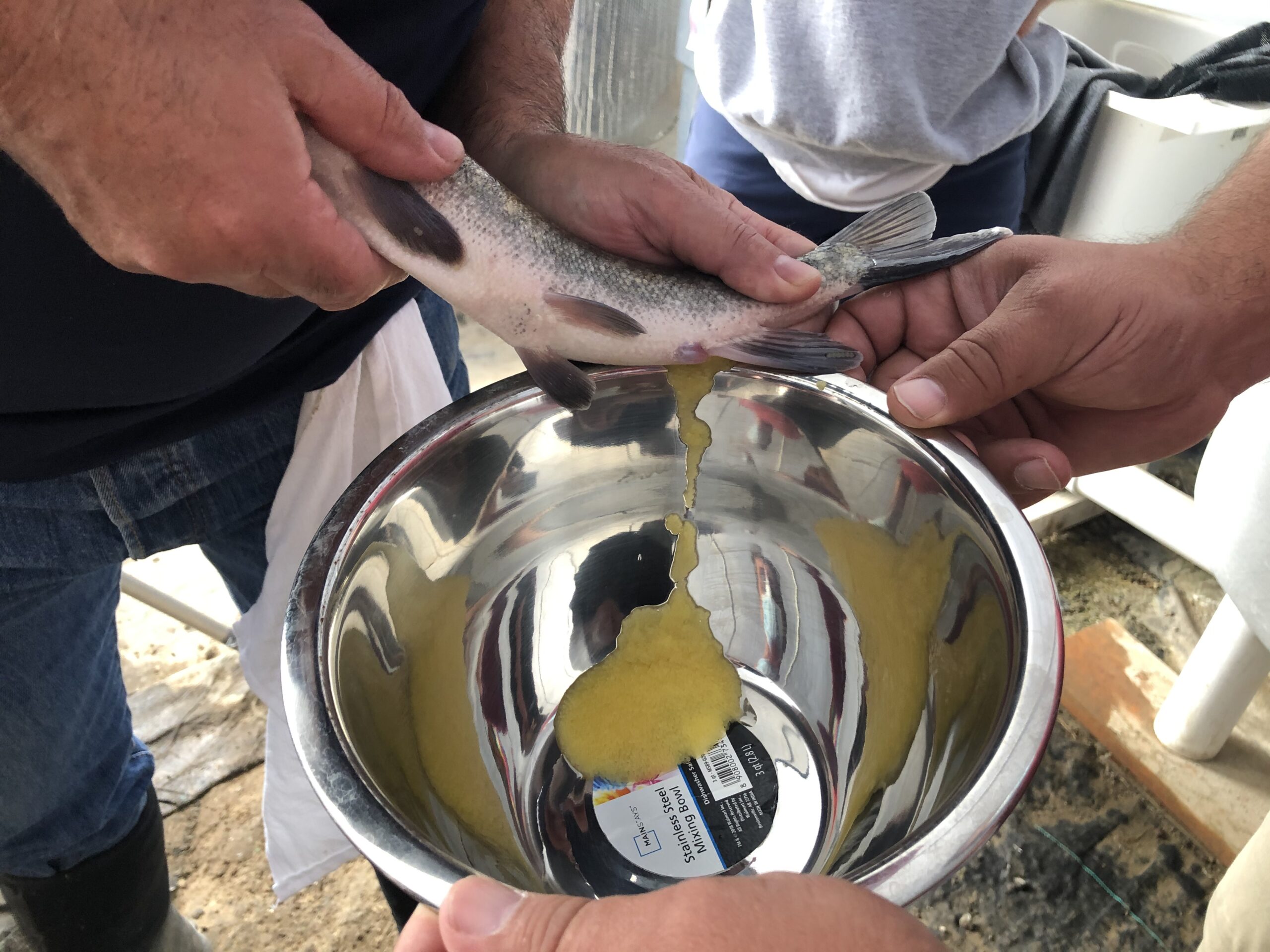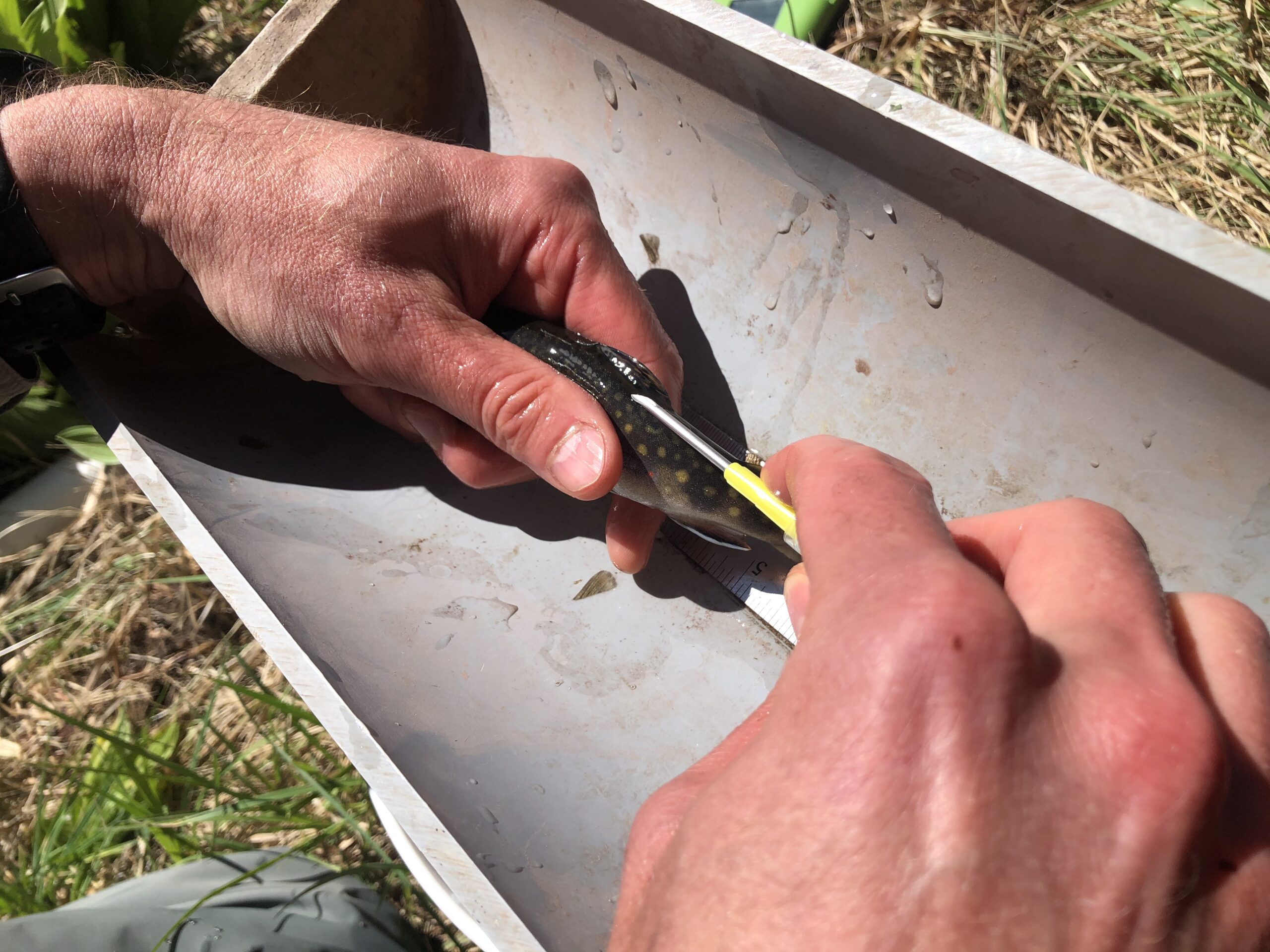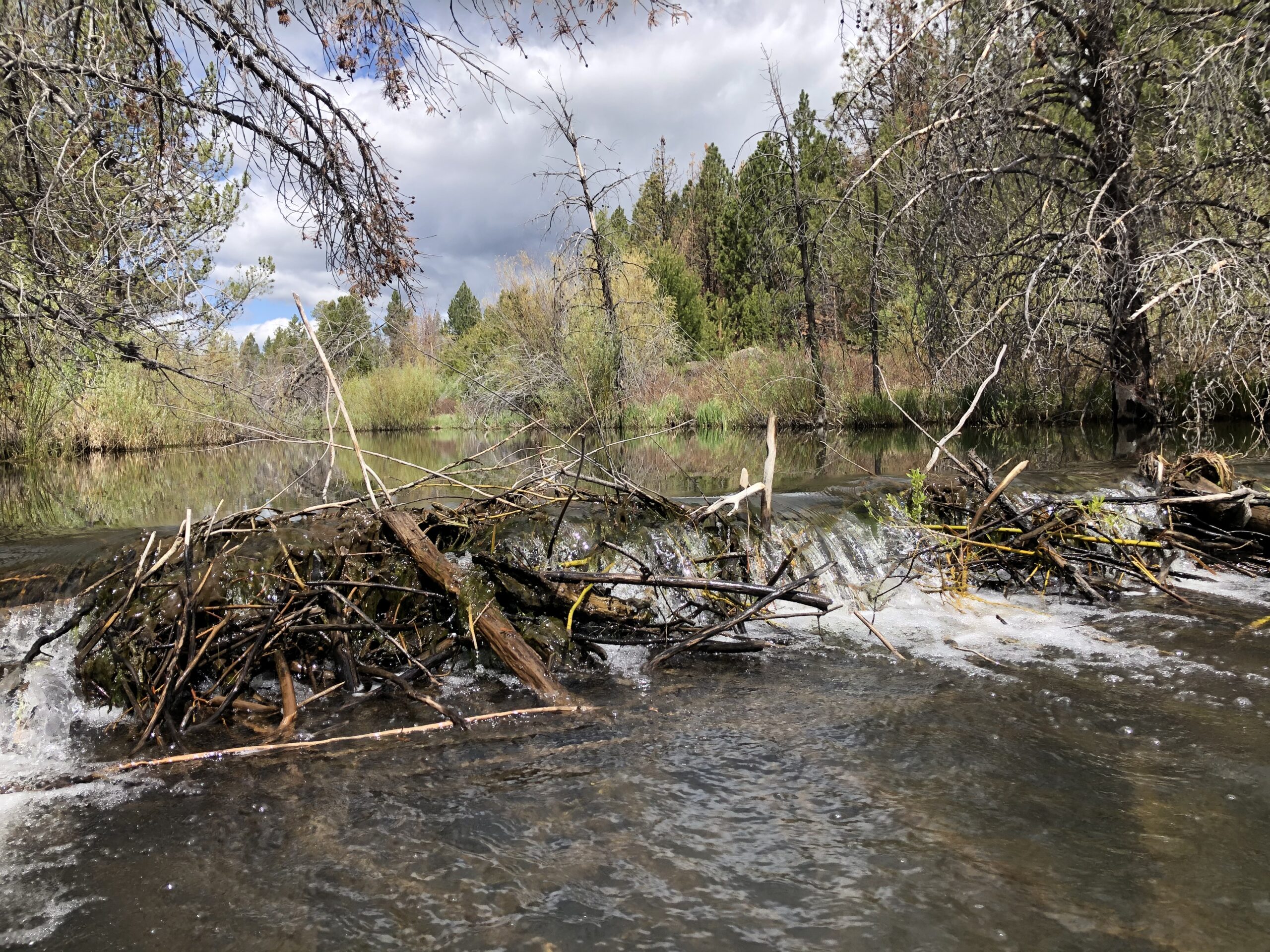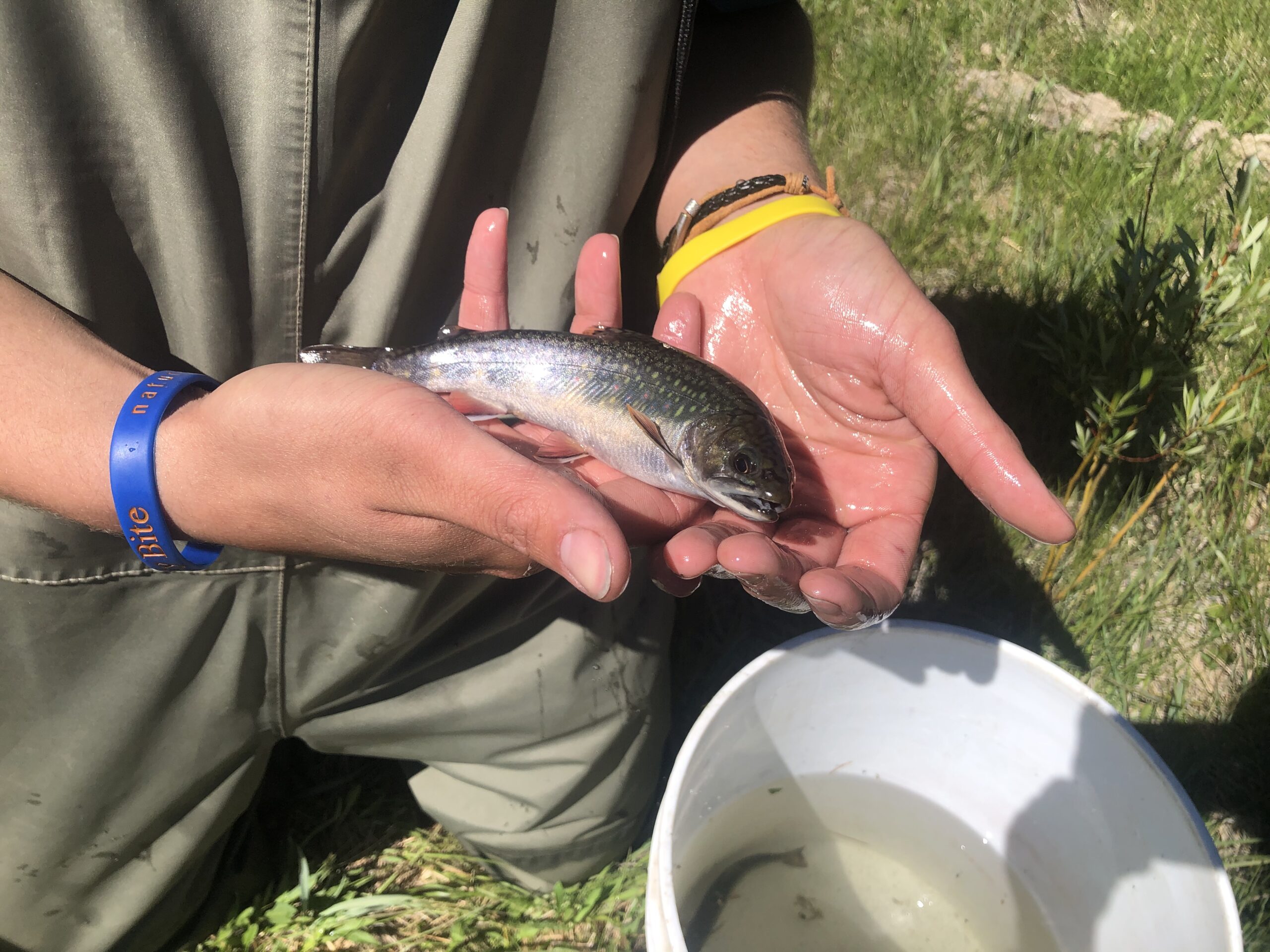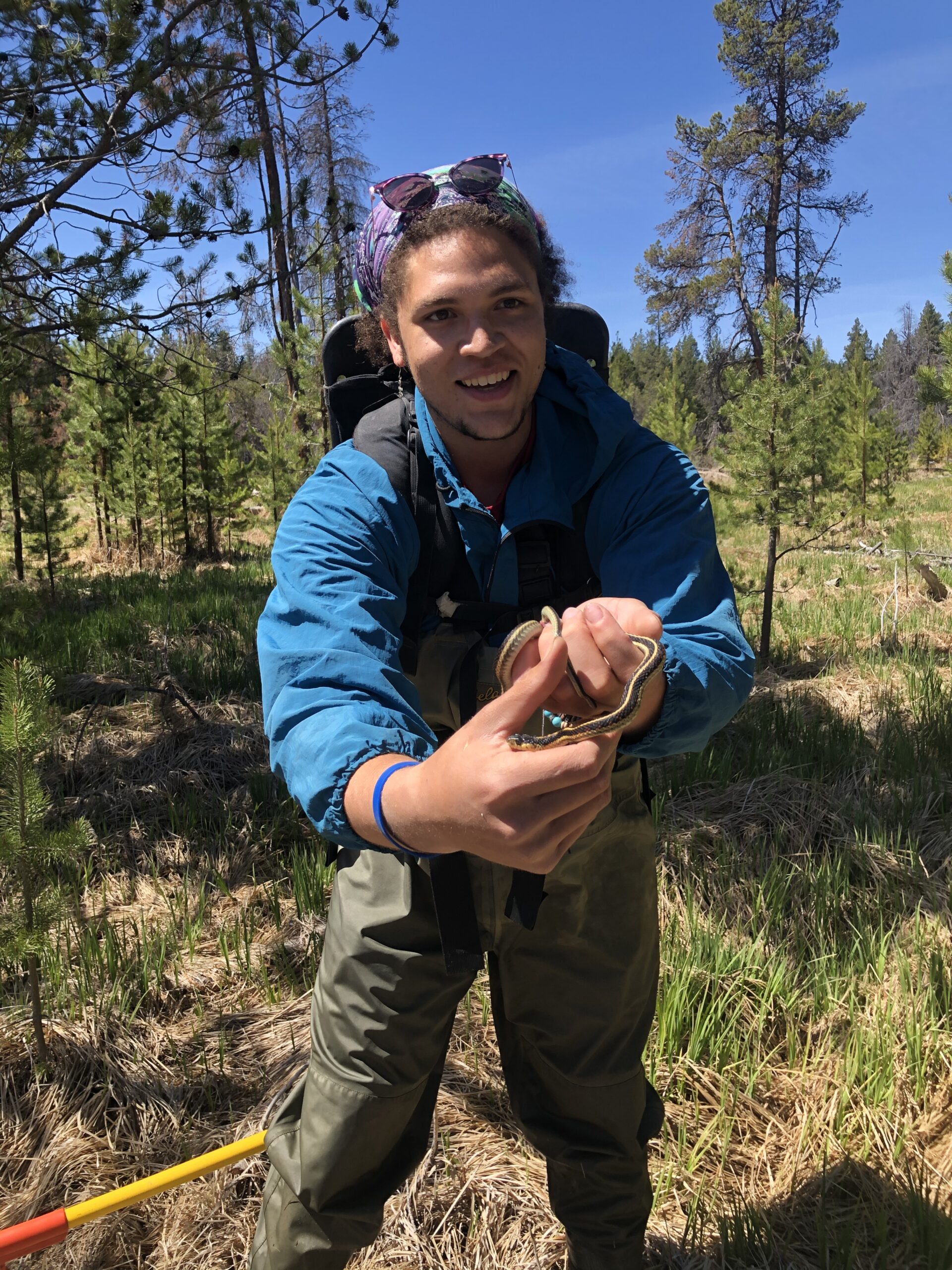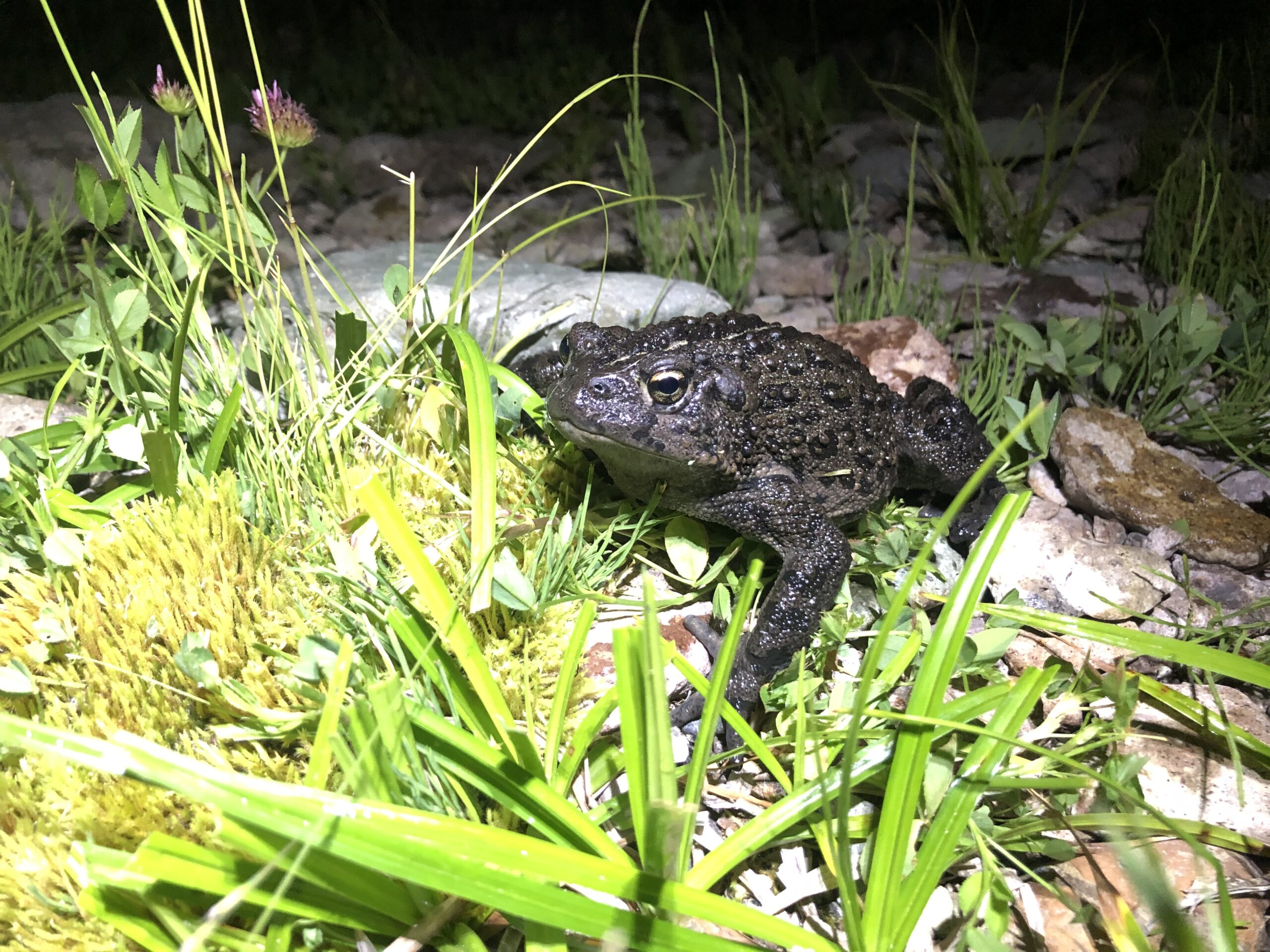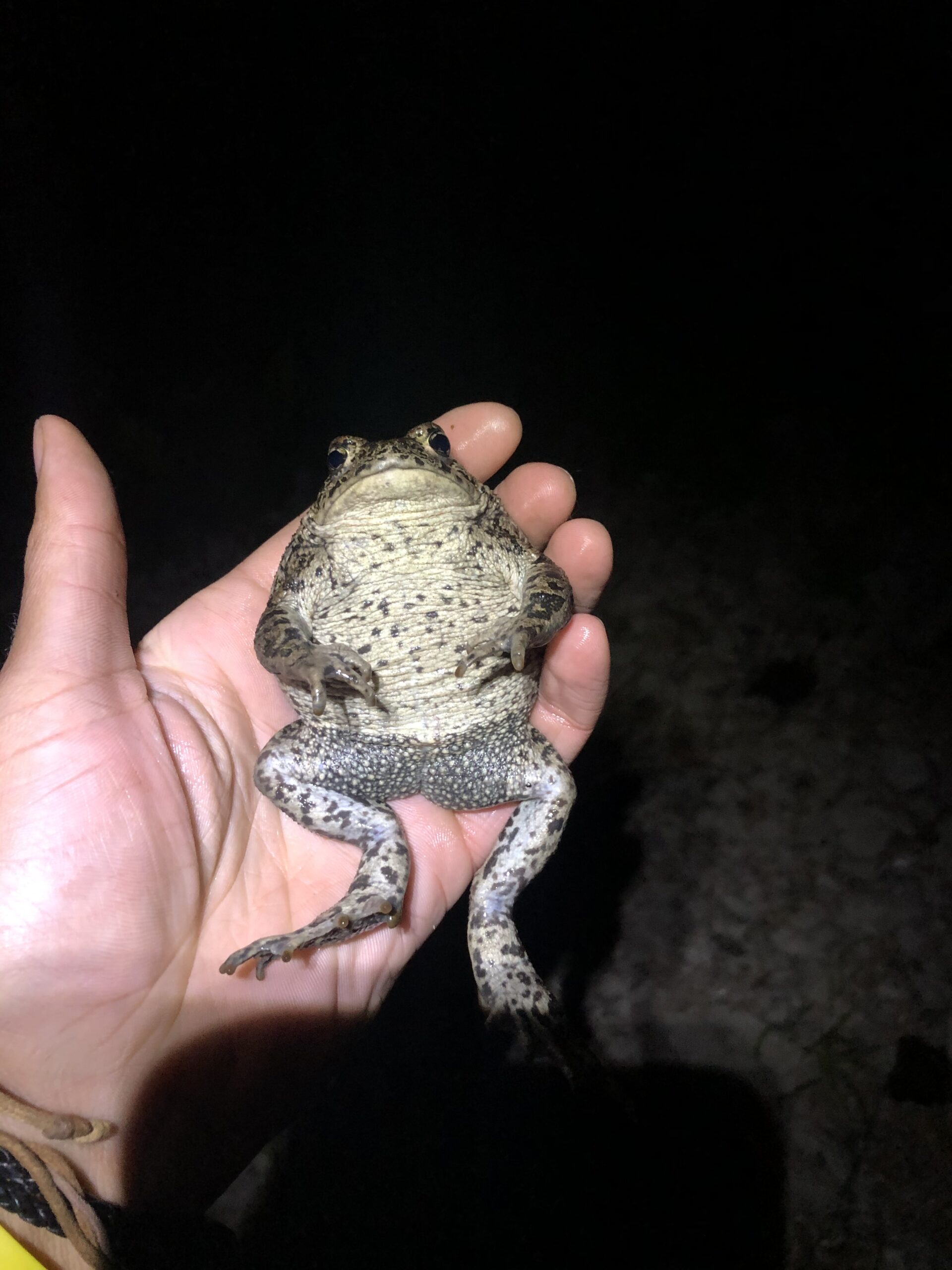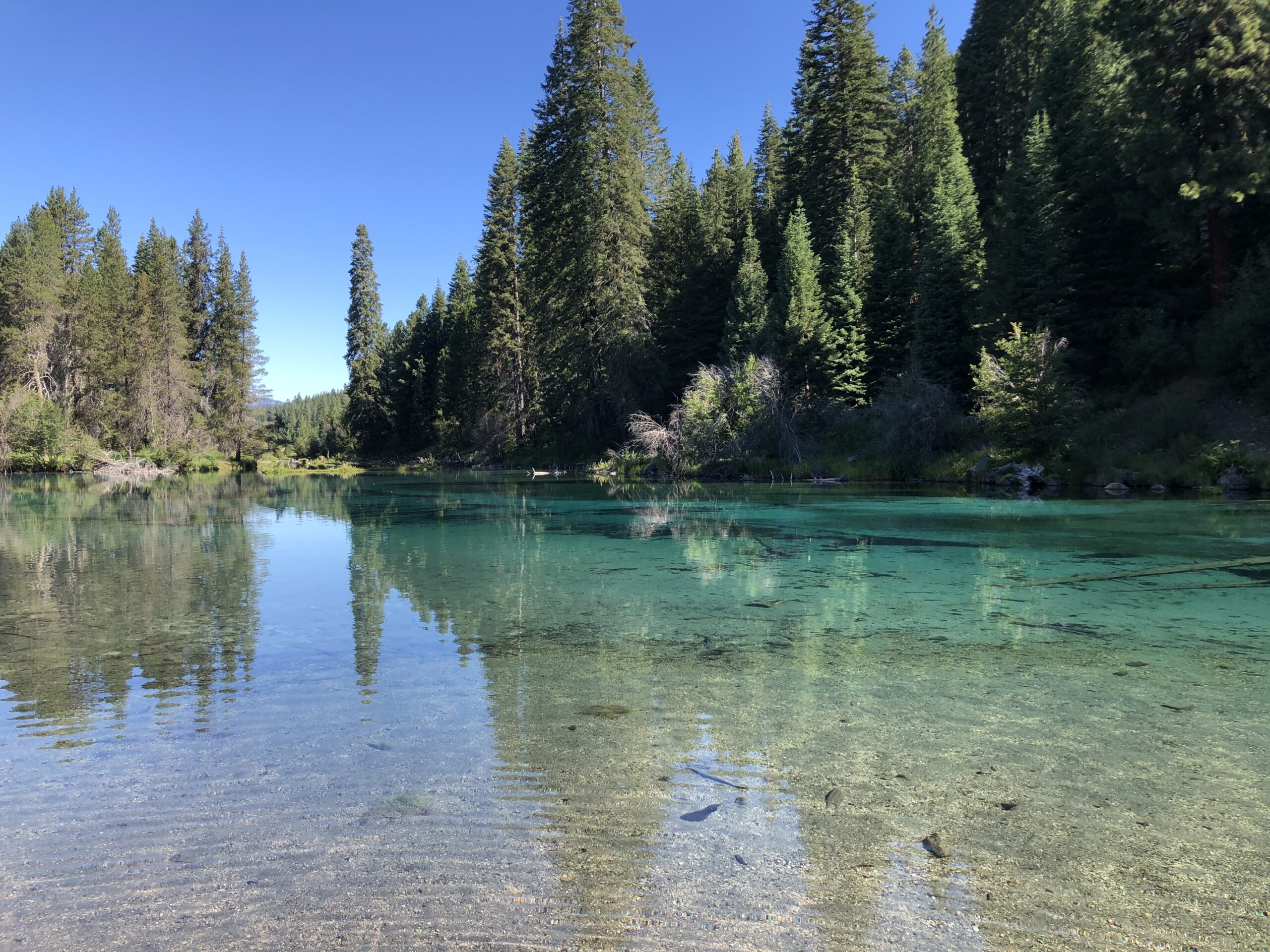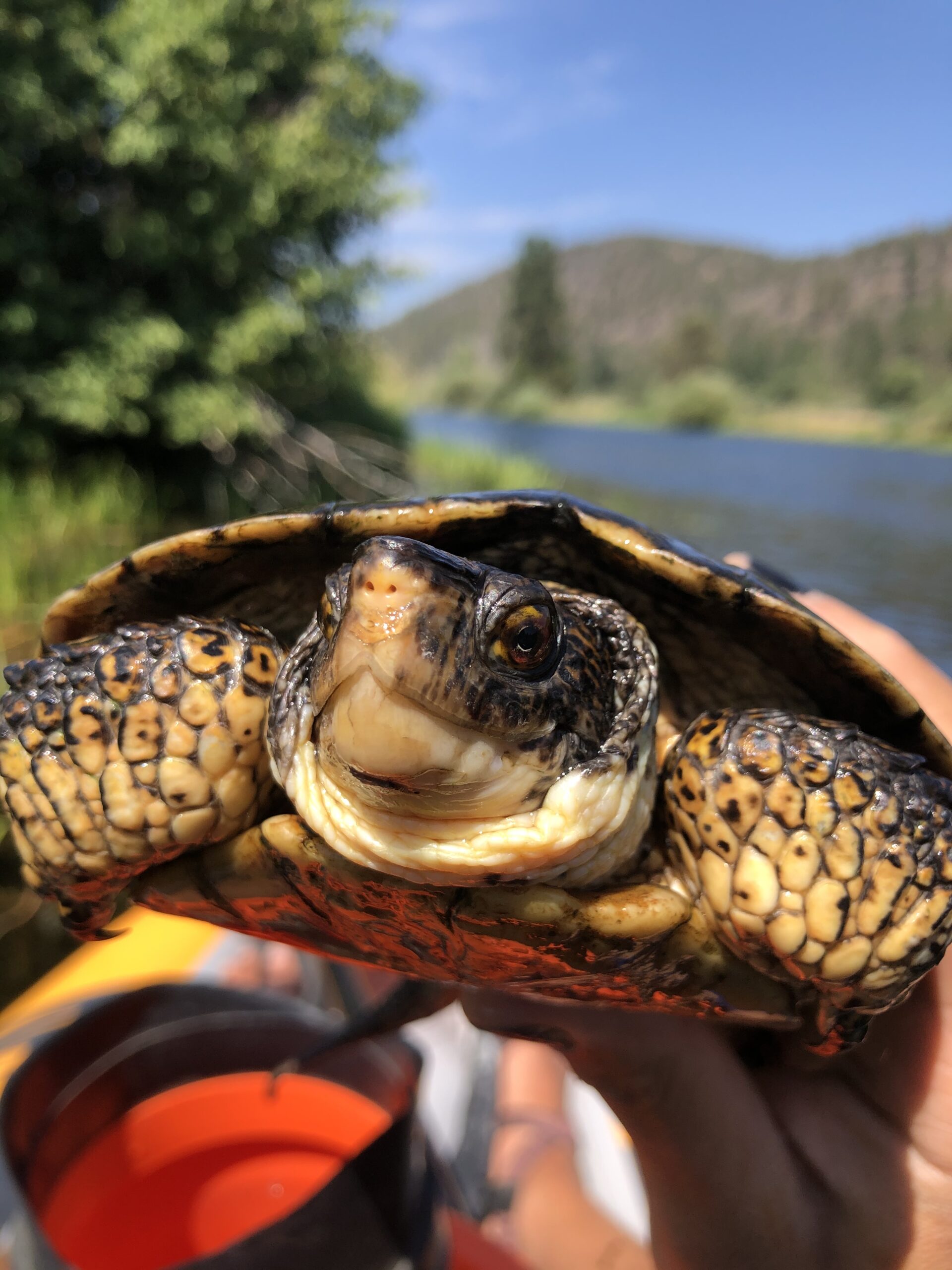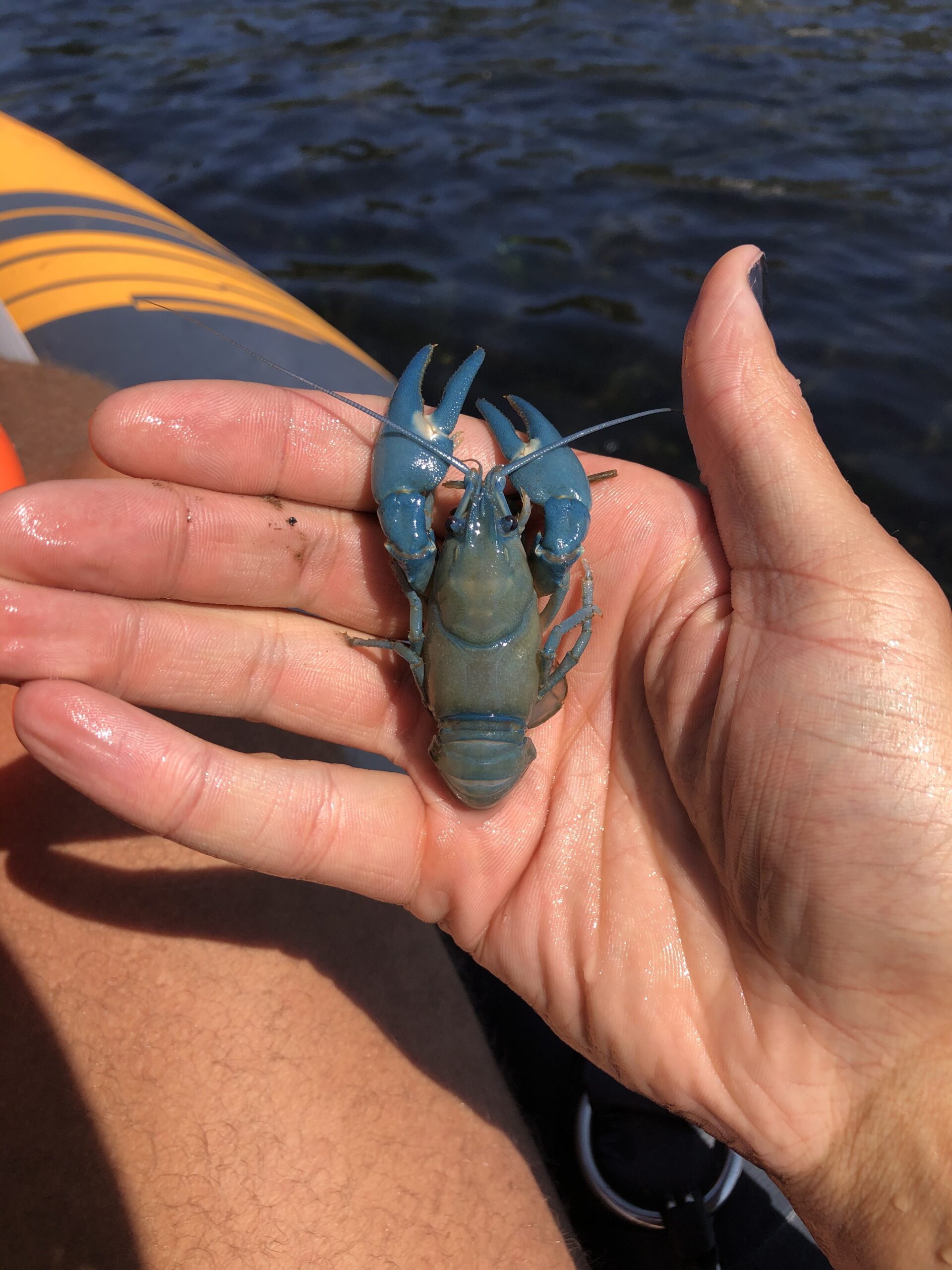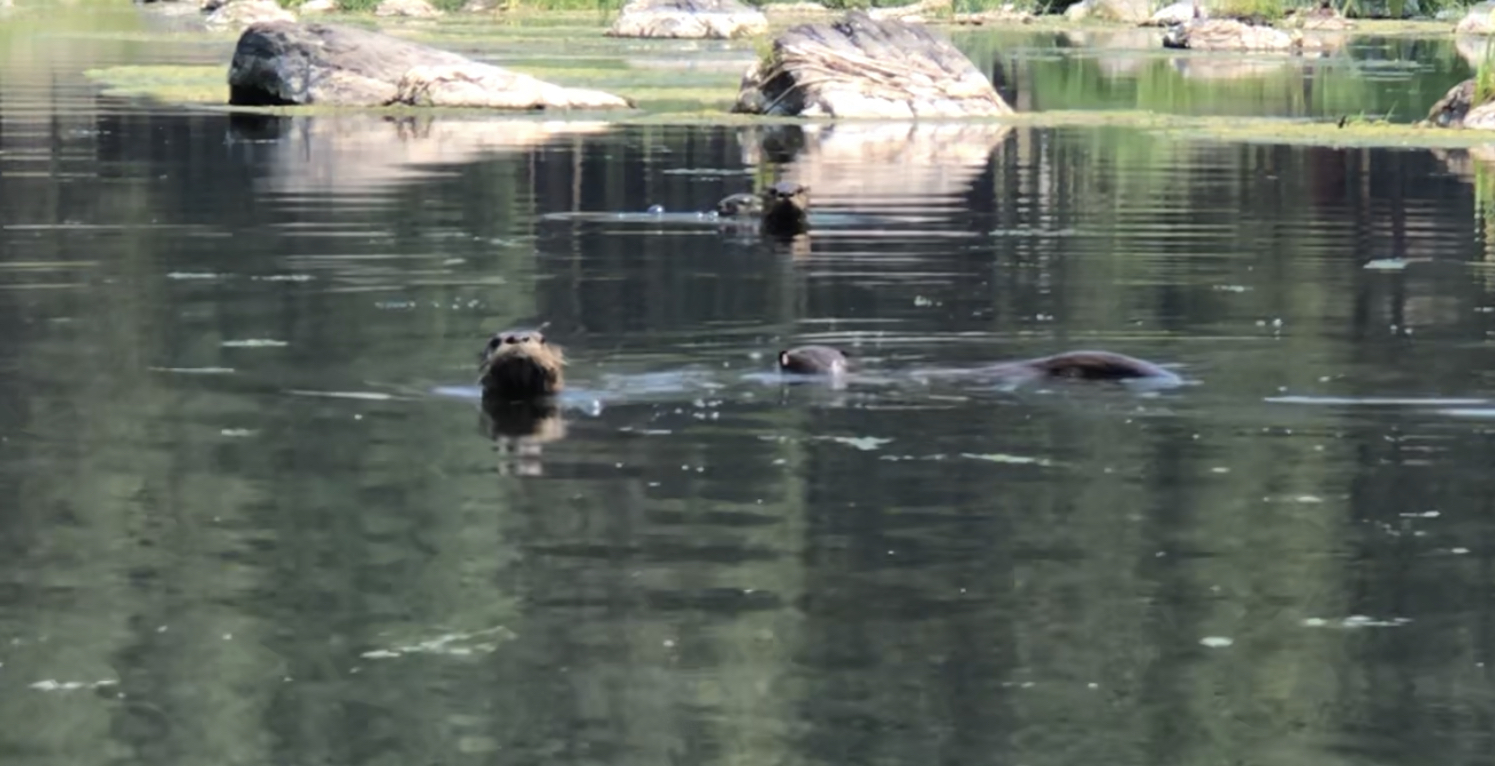Been quite the busy first few months in the Klamath Basin. Since I was going to the Pacific Northwest I made the smart choice of getting a functional Subaru Outback to fit in. In 8 days I made the 2000+ mile journey across the continental US from North Carolina to Klamath Falls, Oregon. With a cat I might add. I stopped by some national treasures on the way such as the Grand Canyon, Painted Desert, Joshua Creek, and Yosemite. After over a week of camping and driving I was glad to make it to my apartment and get settled in.
Our first week working with the Klamath Falls Fish and Wildlife Office was initially going to be uniquely uneventful, with the finishing of paperwork, safety protocols and government clearance stuff and we would move on to getting in the field the following week. However, Climate change is really rocking the Klamath Basin and we’re experiencing one of the worst widespread droughts on record. 2020 was a difficult water year, and low snowmelt and unusually high temperatures in 2021 has led the Upper Klamath Lake to have record low intakes. This has led the lake to not meet the minimum requirements for endangered fish and resulted in no additional water being delivered downstream to farmers for irrigation. Anticipating some unrest from farmers we were advised to stay away from the office, since it was located only a few 100 yards from the A-Canal (which directs water for irrigation downstream). This led to some pushing back of our schedule and a few other inconveniences.
Now our first two weeks were anticipated to be desk work and some scientific paper and recovery plan research. But, in an enjoyable turn of events we were offered a tour of our rearing facility for endangered Klamath suckers. Sampling efforts have shown that there has been no substantial recruitment of endangered adult short nose (Chasmistes brevirostris) and lost river (Deltistes luxatus) suckers in the Klamath River basin for the past two decades. So we were eager to learn about and explore the hatchery. Our tour eventually became a full week of work. Once there we toured the entire facility, seeing the indoor larval tanks where several thousand sucker larvae harvested from spawning areas were being raised. We then visited the outdoor ponds where larvae were moved to once they reached the appropriate size. We happened to be there on a big larva delivery day and then spent the rest of the day individually counting thousands of ~10 mm transparent larvae into tanks (strangely therapeutic). We would occasionally come back to the hatchery and work on larvae husbandry and maintenance of the fishery.
We were also just in time to watch and participate in a gamete collection of suckers that reached a large enough size to be treated to produce gametes. The entire process was quite fascinating. Only one female successfully produced eggs. We were given the honorable opportunity to fertilize said eggs with the milt collected from two other males. Once fertilized the eggs became exceptionally sticky and would need to be constantly stirred with a soft feather while a fine particulate was added to coat them for transport into the incubator.
The following week we finally made it to the field to electrofish for bull trout and other salmonids in Long Creek, located in the Basin’s Sycan core area for bull trout recovery. At Long Creek we electrofished stretches of stream between beaver dams. This is a project we assist the USGS with and our task there was to count all the beaver dams between the antenna arrays while PIT tagging all salmonids we capture to assess how able they are to traverse these barriers. We hoped to capture and tag as many bull trout as we could there since they are our focal species. During our first few weeks of electrofishing it was quite cold (and even snowed on us a few times). Once I completed the right-of-passage and fell into 6℃ water. We continued electrofishing in Long Creek and counting dams right on till the seasons fully changed and I enjoyed watching the fauna and flora emerge. Being an avid herper I was ecstatic to catch my first west coast herp species, the Valley Garter snake.
Some days we’d get completely skunked and some days we’d tag many fish. At the time we were sampling Long Creek there wasn’t much fish activity. We were able to tag around 100+ fish, but we were unable to find a single bull trout (the closest being a hybrid between Bull and Brook trout). While at Long Creek one of the first fires of the season burned right through the road leading to our field site. It was quite the scene as I have never seen the smoldering remnants of anything other than a prescribed burn. After several weeks of diagnosing equipment malfunctions and battling leaky waders and the elements we were happy for a change in scenery.
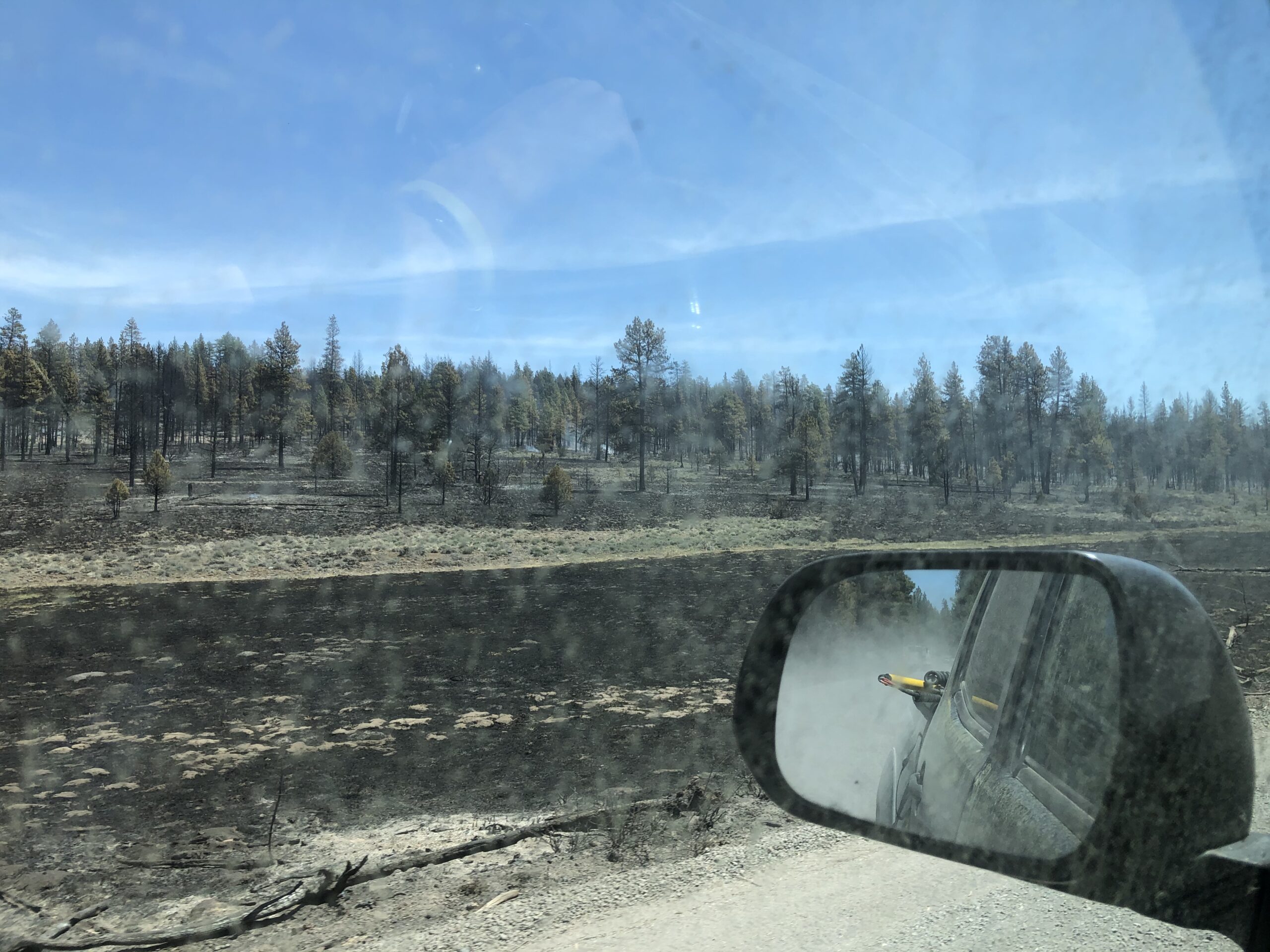
We then moved on to help with a short habitat survey for the Modoc sucker. We walked along a known inhabited creek to survey and locate pools where we could later monitor modoc suckers for population estimates. We measured the length, depth, and width of these pools and gave them a waypoint on the GPS. Some of the creek ran through cow pastures, we’d have to keep a close eye on the bulls who occasionally bellowed at us and once began to approach us till we scurried out of sight. While there I also found some of the first west coast amphibians in the field. We would come back later to do an overnight survey during a new moon. Modoc suckers tend to come out of hiding and rest at the bottom of these pools on dark nights, hence the need to stay survey overnight. During the night survey I stumbled upon some very large and handsome Bufo.
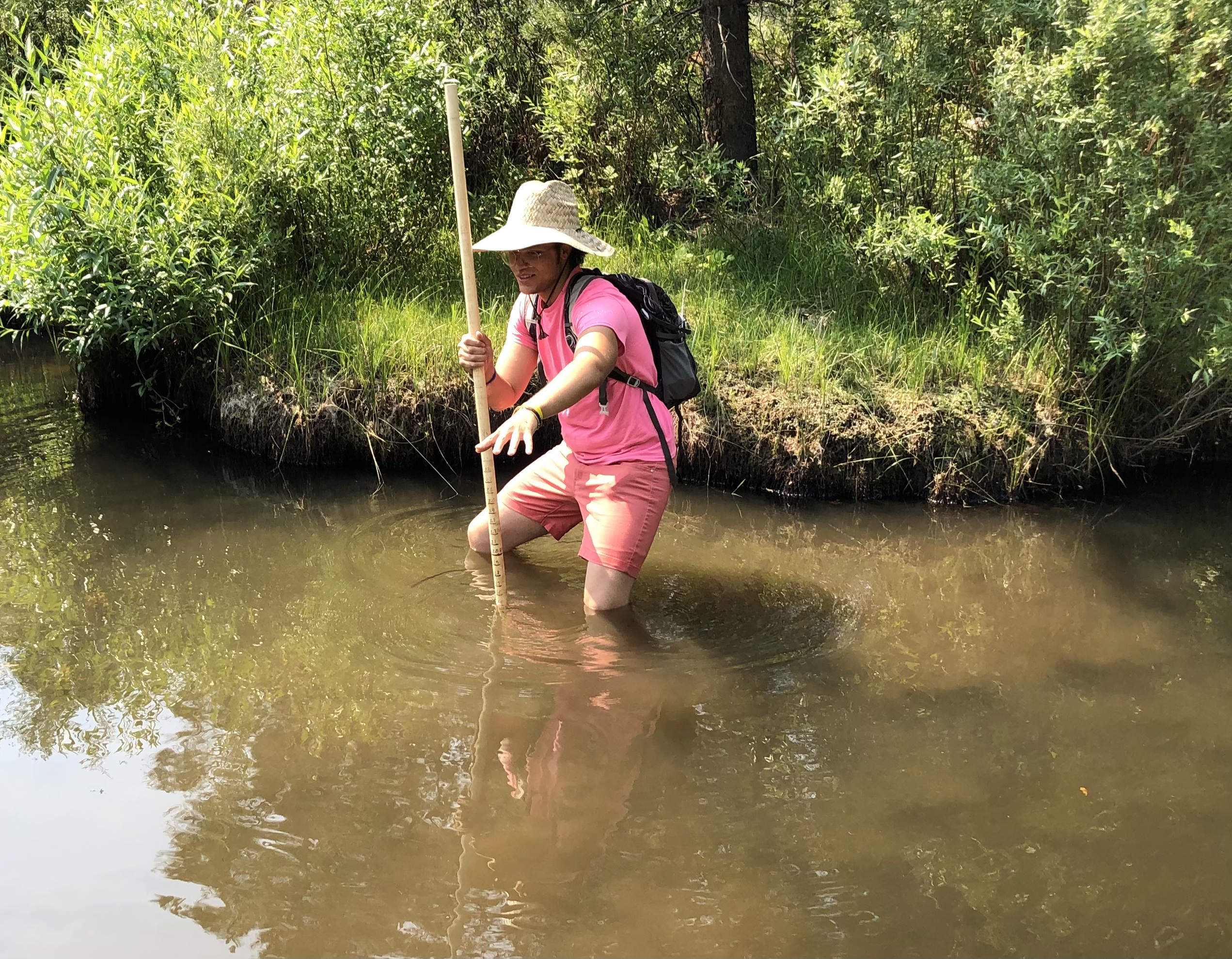
For the next 4 weeks we conducted mussel surveys in several rivers within the Klamath Basin. Around the beginning of these surveys the Bootlick fire ignited. Recently the Western Ridged Mussel was petitioned for listing so we set out to look for mussel beds. This has been some of my favorite experiences working with the KFFWO. To sample for beds we did floatation surveys from kayaks. Each person involved in the survey would use an aquascope to view the bottom of the river bed to count mussels, both dead and alive, in their section of river (usually left bank, left middle, center, right middle, right bank. Varied depending on # of observers). During these surveys we would float down beautiful waterways with an amazing crew of people to work with and count/id mussels as we observed the world beneath the ripples. It wasn’t always a fantastic dream though. Occasionally we’d encounter areas too shallow to effectively float down or get stuck on a random submerged rock and fight your way to freedom. The Bootlick fire grew exponentially, reaching over 400,000 acres this month. Keeping count of the hundreds of live/dead mussels in your head could get mentally tasking and sitting in the Oregon sun for up to six hours can get fairly exhausting and the air quality from the wildfires could get pretty low. But honestly I cannot complain. Besides many mussels we would also come up on young otters, mink, bald eagles, few suckers, beautiful crawdads, and even a couple western pond turtles.
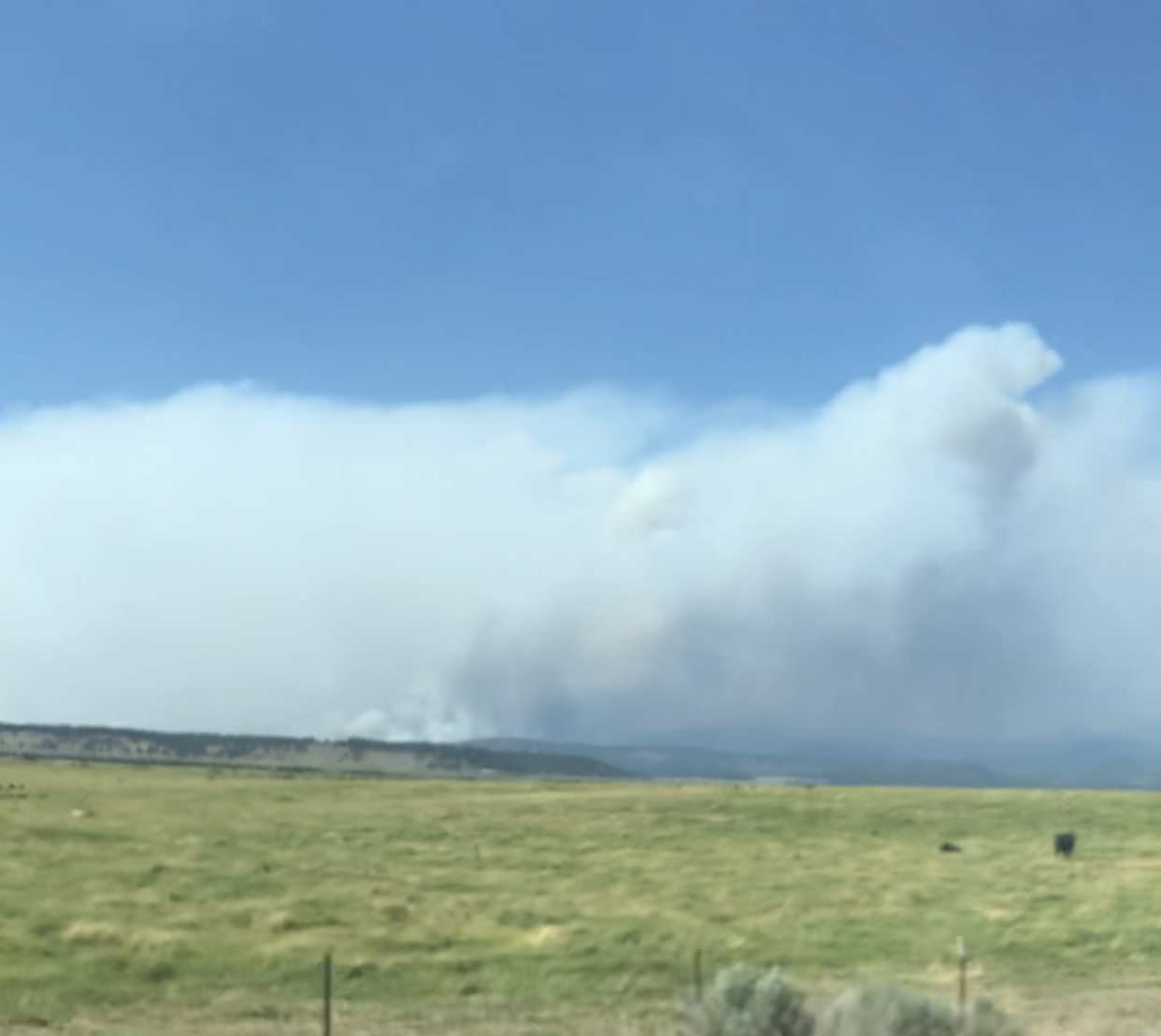
In my free time I like to go out and find west coast amphibians and reptiles. I am very passionate about amphibians, especially salamanders. I’ve found a handful of awesome lads when exploring the area which has so many amazing sites to see and wildlife. I have thoroughly enjoyed working with biologists at KFFWO and cooperating with other organizations and contractors to help the wildlife we all love.

